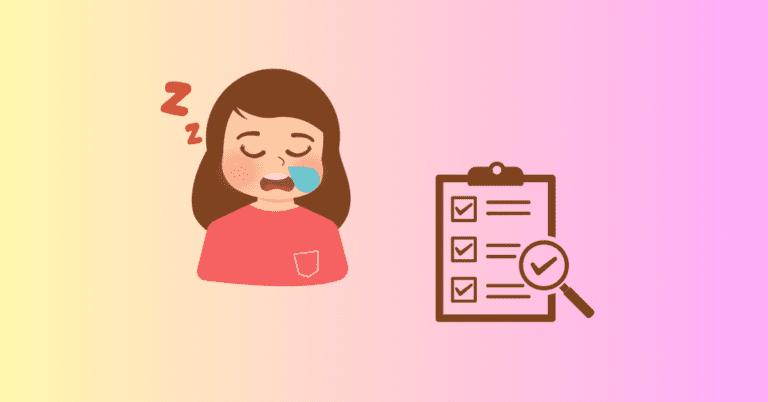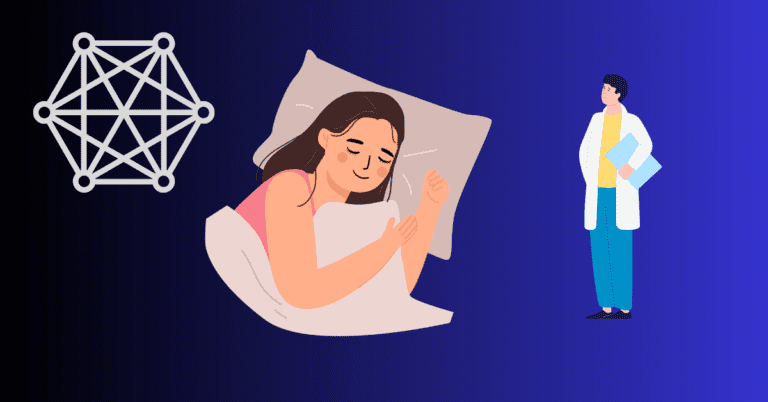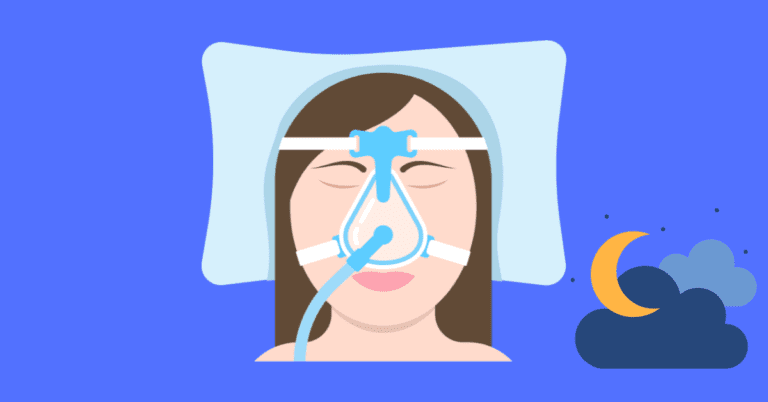Central Sleep Apnea: Understanding the Condition
If this is your first visit to my blog, then welcome to may article about central sleep apnea.
This is not a medical website, it’s where I discuss my personal challenges of being diagnosed with obstructive sleep apnea (OSA) and I aim to help you understand if you or a loved one might also have a type of sleep apnea.
In this article, I discuss central sleep apnea (CSA). I hope you find it useful.
What is Central Sleep Apnea?
Sleep apnea is a common but serious sleep disorder, and central sleep apnea (CSA) is one of its lesser-known types.

Unlike obstructive sleep apnea (OSA), which happens when your throat muscles relax too much while you sleep causing a blockage in your throat, central sleep apnea occurs when your brain doesn’t send proper signals to the muscles that control your breathing.
In this article, we’ll dive deep into the symptoms, causes, risk factors, diagnosis, and treatment of central sleep apnea. Whether you’ve just been diagnosed or suspect you might have CSA, this guide is here to help, and as always comment below with your experiences and stories.
Symptoms of CSA
Central sleep apnea can be tricky to detect, as its symptoms can overlap with other forms of sleep apnea or even different health conditions. Here are the most common signs that would lead to a formal diagnosis of CSA …
- Frequent waking during the night: You may wake up gasping for air or feeling short of breath.
- Chronic fatigue: Despite getting enough hours of sleep, you might feel constantly tired during the day.
- Snoring: Though less common in central sleep apnea compared to obstructive sleep apnea, snoring can still occur.
- Morning headaches: Waking up with headaches is another red flag, as low oxygen levels during sleep can trigger them.
- Difficulty staying asleep: Insomnia or frequent night-time awakenings may be present.
- Memory and concentration problems: Lack of deep sleep can impact cognitive functions, leading to forgetfulness and trouble focusing.
These symptoms can affect your quality of life, so if you’re experiencing them, it’s worth discussing with a healthcare provider.
Personal Insight: I vividly remember the mornings where I would wake up with a pounding headache, unsure why I felt so drained despite what seemed like a full night’s sleep. It wasn’t until I had my diagnosis that I could turn my life around for the better.
Causes of Central Sleep Apnea
While obstructive sleep apnea is usually caused by physical blockages, central sleep apnea stems from communication issues between the brain and the muscles that control breathing. The causes of central sleep apnea can vary:
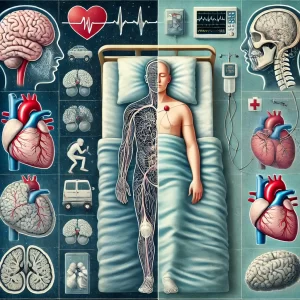
- Heart conditions: Congestive heart failure and atrial fibrillation are known to interfere with normal breathing patterns during sleep.
- Stroke: Damage to the brain from a stroke can impair the nervous system’s control over breathing.
- Certain medications: Opioid pain medications, for example, can affect your breathing by slowing down the respiratory system.
- High altitudes: For some, living or spending time in high-altitude areas can temporarily cause CSA due to reduced oxygen levels.
Understanding the underlying cause is key to managing the condition effectively.
Risk Factors for Central Sleep Apnea
Certain factors may increase the likelihood of developing central sleep apnea. Here are some of the most common risk factors:
- Age: Central sleep apnea is more common in older adults, especially those over 60.
- Gender: Men are more likely than women to develop CSA.
- Heart disorders: As mentioned, heart failure and other heart-related issues are closely linked to central sleep apnea.
- Opioid use: Long-term use of opioid medications can heighten the risk.
- Neurological conditions: Brain conditions like Parkinson’s disease can contribute to CSA by disrupting the brain’s control over breathing.
While some risk factors, like age or gender, are beyond your control, addressing other factors such as heart health and medication use may help reduce your risk.
Diagnosing CSA
If you suspect you have csa, the first step is to speak with your doctor. They may refer you for a sleep study, also known as a polysomnography. During this test, various body functions—including brain activity, eye movements, and oxygen levels—are monitored overnight to assess your breathing patterns.
In my case, a portable home sleep apnea test was used, but these are more commonly used for diagnosing obstructive sleep apnea. If a sleep study shows periods of stopped breathing without an obstruction, it suggests central sleep apnea. Further tests, like echocardiograms or MRIs, may be necessary to pinpoint any underlying heart or brain conditions.
Personal insight: When my doctor suggested a sleep study. I didn’t like the thought of lying in a strange room hooked up to machines, but for diagnosing CSA, you might have to do this. But I assure you, getting a diagnosis is well worth it. My results were shocking: not only was I stopping breathing nearly every minute (severe obstructive sleep apnea), but as I said, my diagnosis is not central sleep apnea.
Treatments for Central Sleep Apnea
The treatment for central sleep apnea depends largely on its cause and severity. Here are the most common approaches:
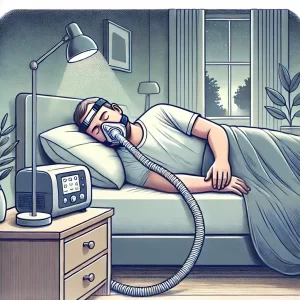
- CPAP or BiPAP therapy: A continuous positive airway pressure (CPAP) machine may be prescribed, though a bi-level positive airway pressure (BiPAP) machine is often more effective for CSA. These machines help maintain a consistent airflow to prevent breathing disruptions.
- Adaptive servo-ventilation (ASV): an ASV machine is a more advanced form of treatment that adjusts pressure based on your breathing patterns in real-time.
- Medications: In some cases, medications like acetazolamide are used to stimulate breathing, especially for altitude-induced CSA.
- Treating underlying conditions: If heart failure or opioid use is the root cause, addressing these issues can improve symptoms.
- Oxygen therapy: Some patients benefit from supplemental oxygen during sleep.
Working closely with a healthcare team will help ensure the most effective treatment plan is in place for your specific condition.
Personal Insight: When I first started using a CPAP machine, I struggled with the mask and the sensation of forced air. I felt claustrophobic. But believe me, it is all well worth it. My CPAP machine is my personal friend now and has turned my life around.
Managing Central Sleep Apnea: Lifestyle Adjustments
Aside from medical treatments, certain lifestyle changes can help reduce the impact of central sleep apnea:
- Optimize your sleeping position: Sleeping on your back can worsen symptoms, so try to sleep on your side.
- Avoid alcohol and sedatives: These can relax the muscles involved in breathing and exacerbate symptoms.
- Manage other health conditions: Keeping heart disease or diabetes under control can reduce the severity of CSA.
Conclusion
Central sleep apnea may not be as well-known as obstructive sleep apnea, but it can significantly affect your health and well-being.
Recognizing the symptoms, understanding the causes, and seeking proper diagnosis and treatment can make a big difference.
Whether an underlying condition or environmental factors cause your CSA, there are treatments available to help you sleep better and live healthier.
If you have any stories or questions regarding central sleep apnea, please leave them in the comments section below.


